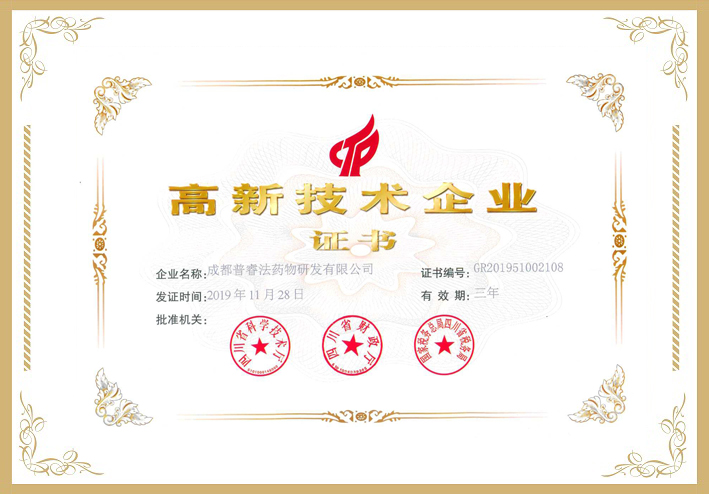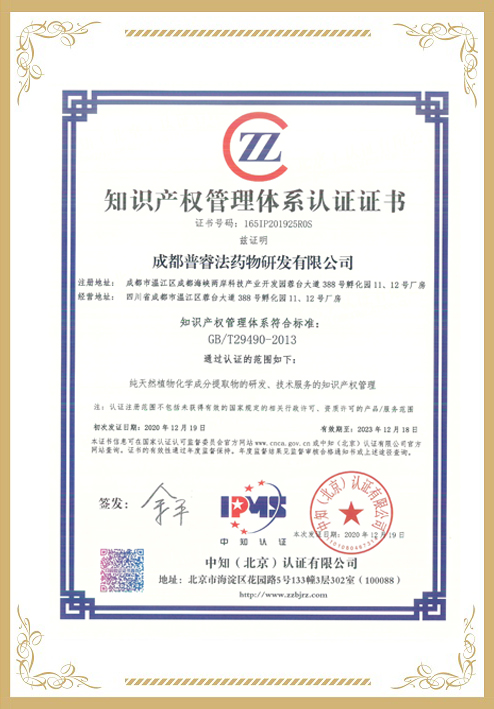Background
The unripe fruits of Rubus chingii Hu. (“Fu-peng-zi” in Chinese) is a well-known herbal tonic in traditional Chinese medicine (TCM) for tonifying liver and kidney. However, little is known regarding its therapeutic efficacy against liver fibrosis and the underlying mechanism.
Methods
The current research aims to explore the potential of Rubus chingii Hu. unripe fruits extract (RF) in the treatment of liver fibrosis and explore the underlying mechanism. RF was administered (450 and 900 mg·kg− 1 of body weight per day) orally to male C57BL/6 mice with CCl4-induced liver fibrosis for 3 weeks. The histopathological changes and fibrosis stage in liver tissue were assessed using hematoxylin and eosin (H&E) and Sirius red staining. The distribution of α-SMA and Col1A1 in the liver was analyzed to determine the hepatic stellate cells (HSCs) activation using immunohistochemistry and immunofluorescent analysis. Various biochemical markers in serum (ALT, AST) and liver (Hyp, IL1-β, IL6, TNF-α and MCP-1) were observed to assess the liver’s injury, fibrosis, and inflammation. In liver tissue, fibrosis-associated proteins including α-SMA, TGF-β1, Smad2/3, p-Smad2/3, and Smad4 were detected through a Western blot assay. Pyrosequencing-based analysis of bacterial 16 S ribosomal RNA from variable regions V3–V4 of fecal samples characterized the gut microbiota. Spearman’s rank correlation analysis was performed for the association between altered bacterial genera by RF and pharmacodynamics parameters.
Results
Three weeks of RF treatment can significantly lower liver inflammatory levels, pathological abnormalities, and collagen fibrous deposition in mice with CCl4-induced liver fibrosis. The expressions of α-SMA and Col1A1 were lowered by RF, while the expression levels of TGF-β/Smads signaling pathway-related proteins, including TGF-β1, p-Smad2/3, and Smad4, were dramatically decreased by RF. The RF treatment significantly increased or reduced 18 different bacterial species, restoring the CCl4-induced gut microbiota imbalance to the normal group’s levels. According to correlation analysis, the bacterial genera Bifidobacterium and Turicibacter were the most significant in restoring CCl4-induced liver fibrosis.
Conclusions
RF can reduce liver damage and delay the onset of liver fibrosis through modulating TGF-β/Smads signaling pathway. Furthermore, RF’s anti-liver fibrosis effect was related to balancing the gut microbial community, partly attained by increasing Bifidobacterium and Turicibacter in liver fibrosis.























